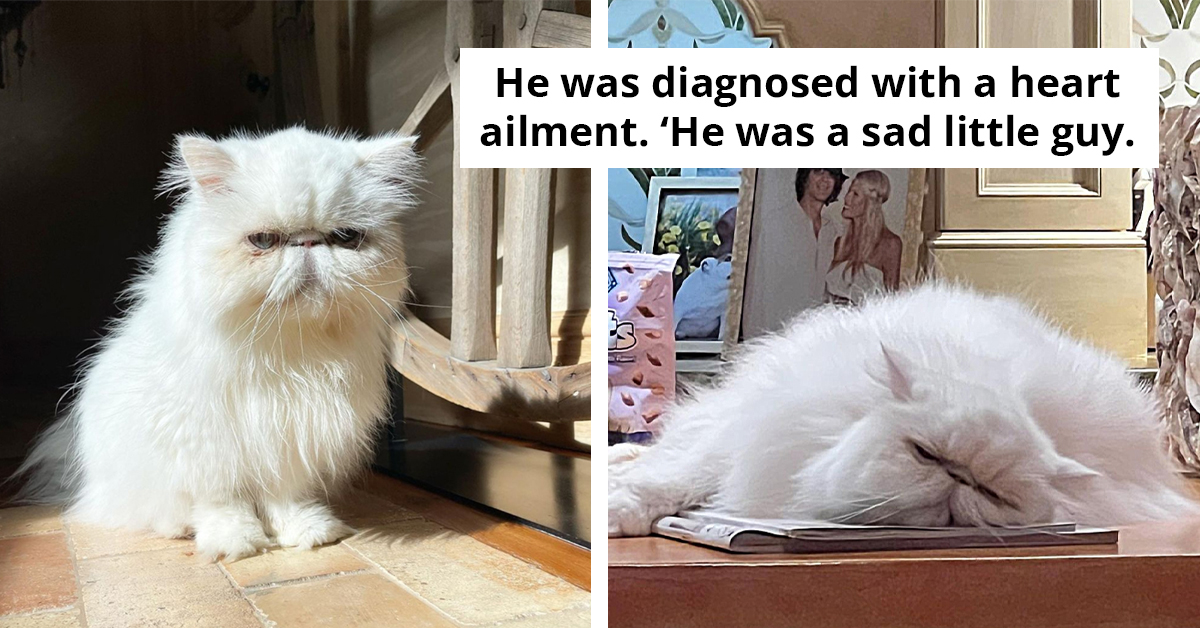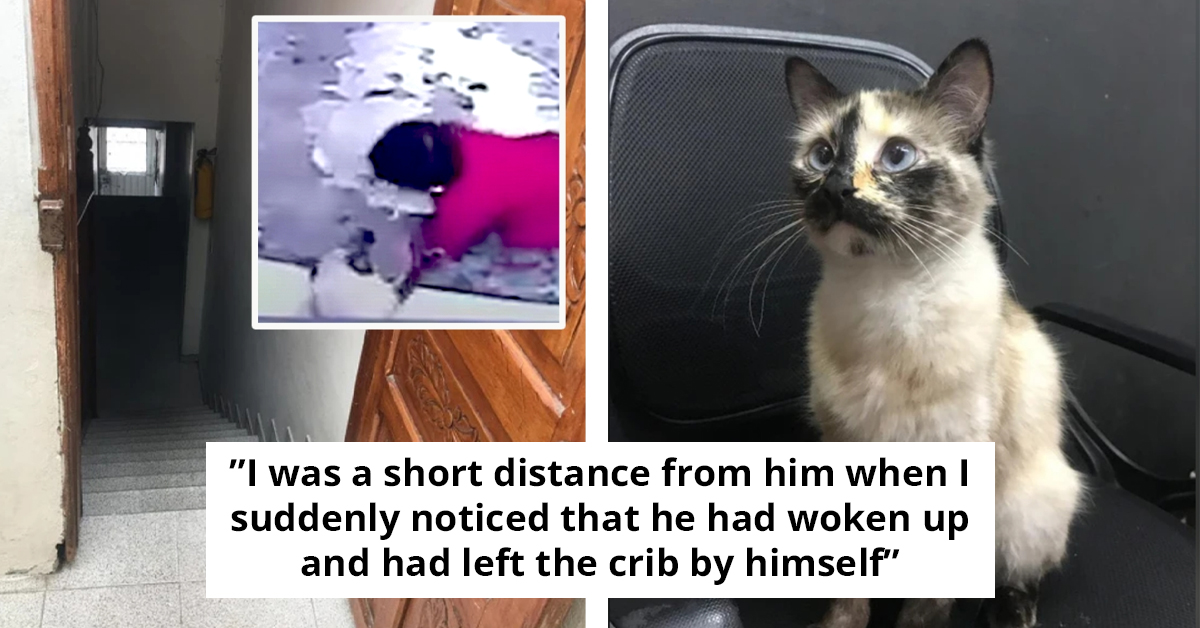This Dark Headed Hooded Pitta Looks Spectacular In A Mixture Vibrant Colors On Top Of An Emerald Body
Where there is a tropical forest, you will definitely see the beautiful emerald Dark Head Pitta. It got its name from having a gorgeous chestnut brown head and an emerald body with lines of luminous blue and crimson red.
These birds are shy in nature, that is why it is difficult to see it up-close. You don't hear them often as well as it quietly calls that sounded like barks with some additional chiming notes.
It is a passerine bird with long legs and long feet, compared to the other birds of its size. Their emerald green dominant color is both present in both sexes, though females appear a little duller in color compared to the male Dark Head Pittas.
The bill is also slightly curved with a little line of white on their wings. You can see them mostly in the eastern and southeastern part of Asia.
These species of birds are still high in population to this day. In spite of habitat destruction, the Dark Headed Pitta proves to be able to adapt to environmental changes and is able to find areas where they can live and survive.
To know more about the Dark Headed Pitta, continue reading this post. Have a nice day everyone!
Presenting The Dark Headed Pitta
 Instagram/bird.pics_
Instagram/bird.pics_Pitta Sordida
Pitta Sordida or commonly known as the Dark Headed Pitta is part of the Pittidae family of passerine birds. With a chestnut brown crown, an emerald body, light blue splashes on its shoulders, and a strip of crimson red down the belly, makes a beautiful bird of the tropical forest.

Female Dark Headed Pitta
Females have a duller color and sometimes they have less white colored feathers on its wings.
 Instagram/iyanggg_photography
Instagram/iyanggg_photographyWhere Can You Find Them?
They are mostly found in southern China, North India, Papua New Guinea and Indonesia.
 Instagram/old_wandering_soul
Instagram/old_wandering_soulDiet
These birds are normally shy so you won't see them in parks or backyards where people would normally offer bird feeders. They devour insects like worms, cockroaches, termites and beetles instead, though at times they also eat berries.
 Instagram/gs_wee
Instagram/gs_weeThe Dark Headed Pittas would breed between the months of February to August when the weather is not wet, because they like building their nests on the ground.
Nests are made of bamboo leaves, twigs, moss and roots. Then they line up the inside with softer materials where they can lay eggs.
Dark Headed Pittas lay 3 to 4 eggs. Both the male and female incubates the eggs that will hatch between 15 to 16 days. Fed by both parents, the chicks will be full fledged 16 days after hatching.
 Instagram/aminimages
Instagram/aminimagesAre they under threat?
Because of its population and large breeding range, The Dark Headed Pitta is not close to extinction yet.
 Instagram/thebirdingdude
Instagram/thebirdingdude
Watch The Dark Headed Pitta Here
To see them up close, here's a quick video on what the Dark Headed Pitta looks like.
The Dark Headed Pitta may be shy and difficult to encounter up close, but thanks to the people who were able to share nice shots of it, we are all able to see it and be amazed by it's beauty.
Don’t forget to share this post to your family and friends!




